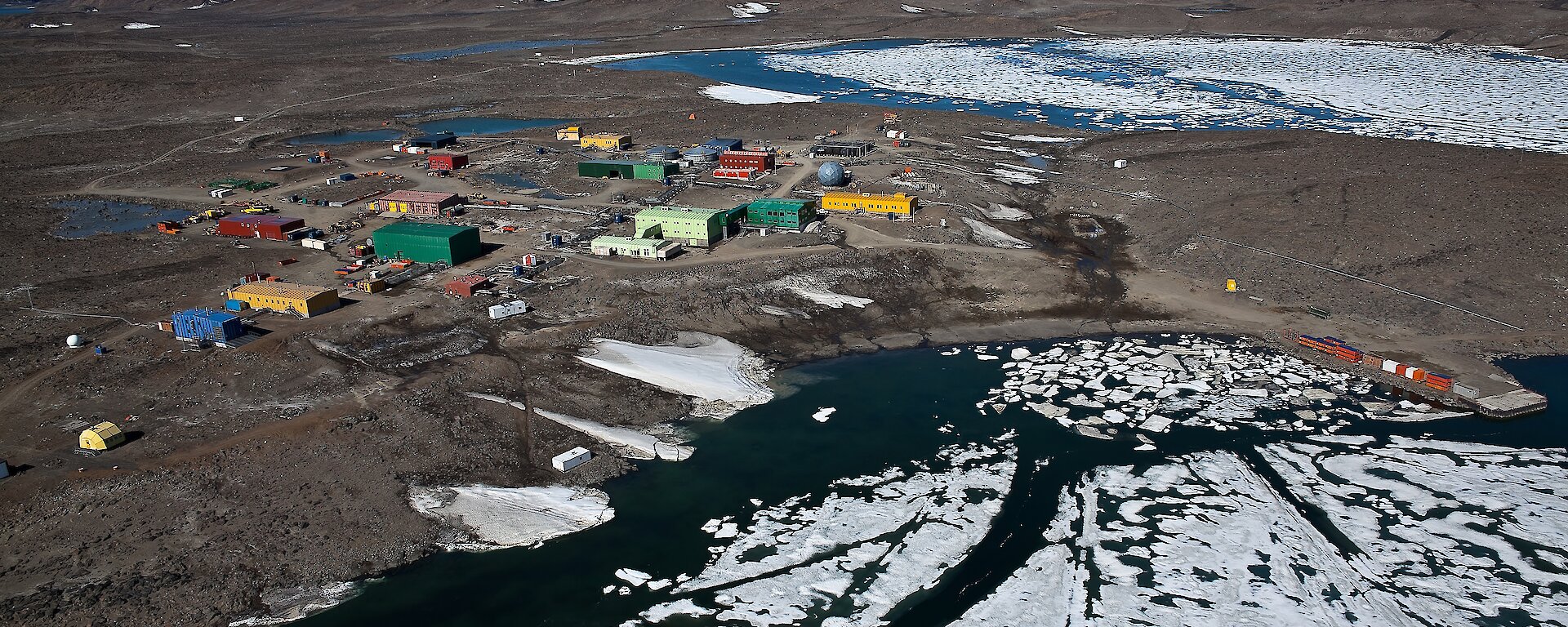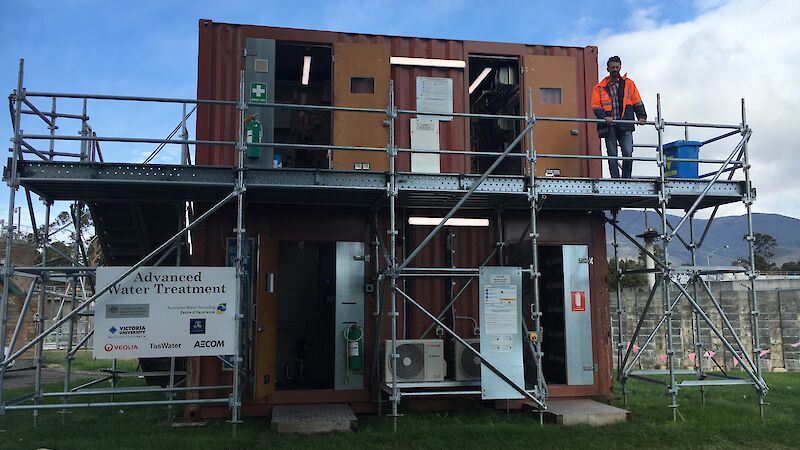An innovative wastewater treatment plant scheduled to be installed at Australia’s Davis research station will turn Antarctic waste into some of the cleanest water in the world.
The Advanced treatment plant will use germ zapping technologies to process human and kitchen waste into drinkable-quality water that will have minimal impact on the marine environment when it’s discharged into the ocean.
Australian Antarctic Division Engineer, Michael Packer, said the $1.5 million dollar plant was built at the Division’s headquarters in Kingston and is self-contained, low maintenance and designed to be operated remotely.
“The wastewater will undergo a series of physical and chemical processes to produce the purest water possible and once installed, this will be the best treatment system in Antarctica,” Mr Packer said.
“The contaminated water, which is first treated by a secondary wastewater treatment plant, will undergo ozone and ultraviolet disinfection, ultrafiltration, chlorination and pass through a biological activated carbon filter and reverse osmosis.
“The end product will be water that exceeds the Australian and World Health Organisation drinking water guidelines.”
The Advanced plant has been trialled at TasWater’s Selfs Point site in Hobart over the past two years and it is planned to travel to Davis research station on the icebreaker Aurora Australis this summer.
The Division’s General Manager Support and Operations, Dr Rob Wooding, said wastewater management in Antarctica is a challenging issue but one which is vital to get right.
“We want to lead Antarctic nations by setting up the best treatment system possible and this plant is a significant leap forward in the way we manage waste on our stations,” Dr Wooding said.
“While there are no current plans to use the purified water for drinking, it will ensure the water we discharge into the marine environment has a negligible impact.”
A team of specialised tradespeople will install the Advanced plant over winter with commissioning scheduled for late 2018. More Advanced plants will be built at Australia’s other Antarctic stations in the future.
The plant was built by the Division’s engineers and tradespeople with funding, research, design and testing input from academia and industry partners including the Australian Water Recycling Centre of Excellence, Victoria University, the University of Melbourne, Veolia Waste, TasWater, Coliban Water, RMIT University, Curtin University and AECOM.



